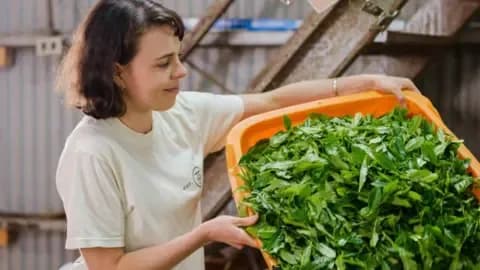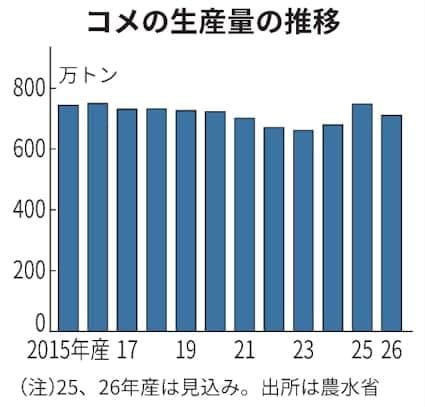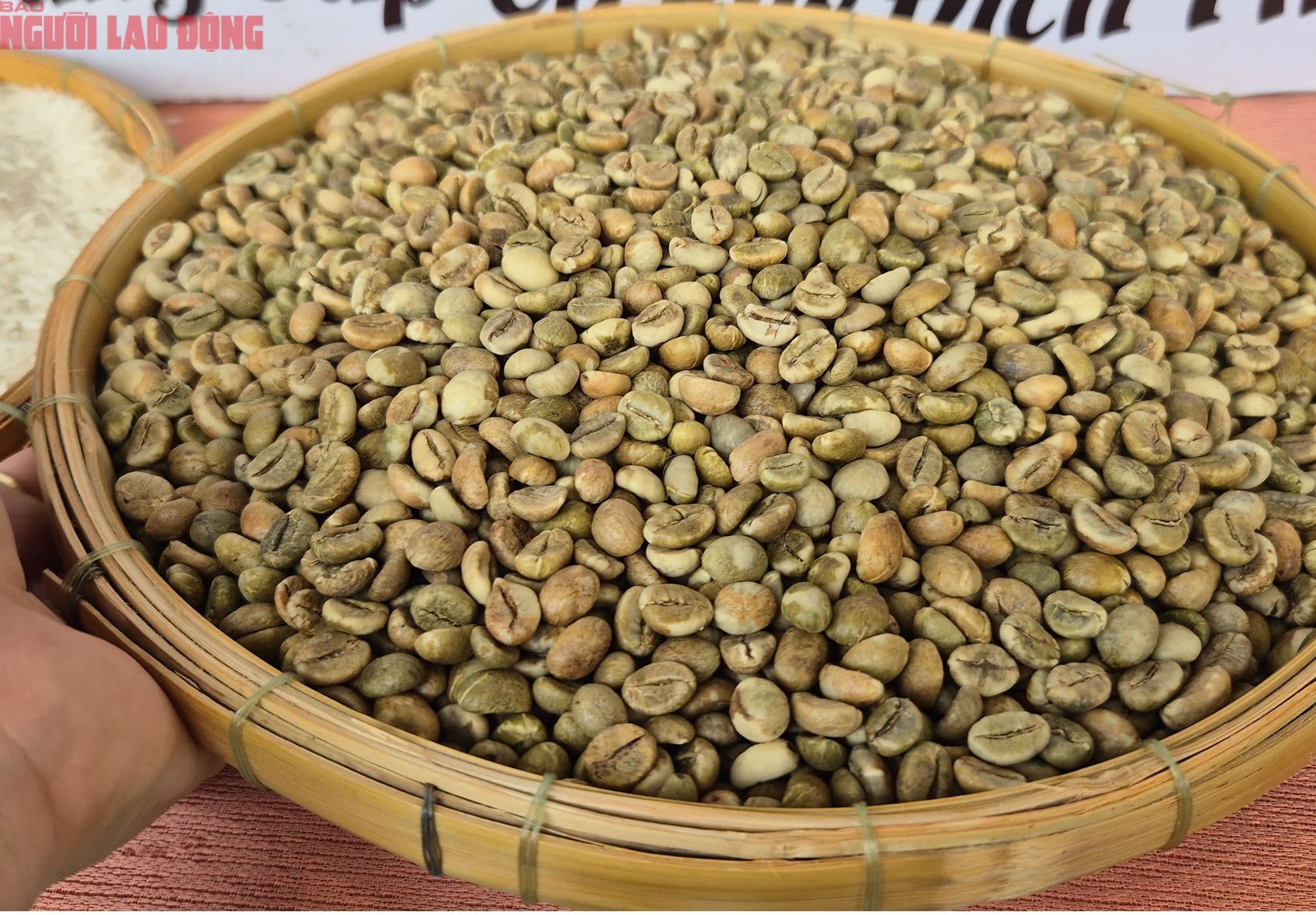Matcha's Crossroads: Tradition, Demand, and the Future of a Sacred Powder
Explore matcha's global boom and the hidden crisis. Uncover supply challenges, ethical concerns, and the future of this ancient green powder from Japan.

The Whispers of Shortage: A Green Gold Rush Gone Wild
Matcha, once a niche Japanese tea, has undeniably taken the global stage by storm, transforming into a coveted 'green gold.' Yet, this meteoric rise has ignited a silent crisis, as whispers of shortage grow louder across the supply chain. In , particularly the revered region which accounts for a quarter of the nation's tencha, growers are battling unprecedented challenges. Record-breaking heatwaves have decimated crops, leading to significantly poorer harvests just as international demand explodes. Compounding this, faces a demographic quandary: an aging farming population with too few young people entering the industry. This dual pressure has tangible consequences. Shops in , a city synonymous with matcha, often find their shelves stripped bare by eager tourists, forcing retailers like -based to limit purchases to a single tin per customer. Even seasoned tea masters, such as , are now meticulously monitoring their dwindling stocks, as orders that once arrived in days now take more than a week. The global market feels the pinch too; US importers report what was once a month's supply vanishing in days, with cafes now desperately requesting kilos daily. This soaring demand, coupled with dwindling yields, has inevitably pushed matcha prices skyward, with some outlets reporting increases of around 30% this year. The consensus among experts like from is clear: we’ve hit a tipping point where global demand outstrips current production capacity.
From Sacred Ritual to Everyday Sip: Matcha's Global Transformation
The journey of matcha from a revered component of the Japanese tea ceremony to a ubiquitous ingredient in sweetened lattes across the US is nothing short of remarkable. This global transformation has been significantly accelerated by post-pandemic tourism surge and a favorable weak currency, making Japanese goods, including matcha, irresistibly attractive. While traditionalists might prefer matcha whisked purely with water, its adoption into Western cafe culture as a vibrant, slightly grassy base for beverages has introduced it to an entirely new demographic. This widespread appeal, as tea master observes, serves as a powerful "gateway for more people to know about Japanese culture." Indeed, the statistics underscore this shift: agricultural ministry reports that matcha production nearly tripled between 2010 and 2023, with green tea exports, including matcha, jumping 25% last year alone. However, this explosive growth comes with its own set of complications. The relentless demand, particularly from international markets, is not only driving prices up but also highlighting a significant imbalance. While the boom is beneficial in some respects, it also raises questions about the integrity of the product and its cultural roots, prompting a nascent movement advocating for more mindful consumption, a topic we'll explore further.
Harvesting Hope: The Delicate Dance of Supply and Sustainability
The current matcha landscape is a complex tapestry woven with threads of booming demand and strained supply, underscoring a critical need for sustainable practices. The challenges facing Japanese growers are multifaceted and deeply concerning. Beyond the immediate impact of record-breaking heatwaves causing poor harvests, particularly in key regions like , the industry grapples with a systemic issue: a severe shortage of farmers. The aging demographic of agricultural workforce means fewer young people are entering a profession that demands meticulous care and generational knowledge. This human element, combined with the unpredictable wrath of climate change, creates a fragile ecosystem for matcha production. The effects ripple globally, impacting supply chains and driving up prices for everyone. While agricultural ministry proudly points to a tripling of matcha production over the past decade and a significant surge in exports, this increased output is struggling to keep pace with insatiable global appetite. The expansion often means cultivating land that may not be ideal, or pushing existing farms to their limits. This isn't just about meeting demand; it's about preserving the very essence of matcha – its quality, its unique terroir, and the traditional methods that define it. The current trajectory warns that without concerted efforts to address climate resilience and attract new generations of farmers, the delicate balance of supply and sustainability will remain precarious.

Reclaiming the Whisk: Mindful Matcha in a Material World
As matcha navigates its unprecedented global popularity, a vital conversation is emerging around mindful consumption, urging a return to the reverence that historically defined this sacred powder. While the surge in demand has undoubtedly introduced Japanese culture to a wider audience, as noted, it has also brought challenges like price hikes and the commodification of a deeply spiritual practice. This 'matcha craze' has spurred advocates to champion a more thoughtful approach, pushing back against the impulse to hoard or profit excessively from its popularity. They encourage tea drinkers to appreciate matcha in its purest form, rather than simply as an ingredient in a sweetened concoction, advocating for a deeper understanding of its origins and the immense effort involved in its production. The idea is to savor each cup, acknowledging the journey from leaf to powder. This movement isn't about curbing enthusiasm; it's about fostering respect and ensuring the long-term viability and cultural integrity of matcha. If we are truly at a 'tipping point' where the world cannot produce enough, then the future of matcha relies not just on increasing supply, but on cultivating a more conscious demand. This means supporting ethical growers, understanding quality distinctions, and perhaps, reclaiming the quiet ritual of whisking a bowl of vibrant green tea, allowing its ancient whispers to be heard above the clamor of modern consumption.
Related Articles

The Steep Price of Popularity: Inside Matcha's Rarity Economy

The Steep Price of Popularity: Inside Matcha's Rarity Economy

Sip by Sip: Unpacking Macu Tea's Recipe for Reigning Supreme in Taiwan's Bubble Tea Culture

Sip by Sip: Unpacking Macu Tea's Recipe for Reigning Supreme in Taiwan's Bubble Tea Culture

Japan's Rice Crossroads: The Unending Quest for Balance in the Paddy Fields

Japan's Rice Crossroads: The Unending Quest for Balance in the Paddy Fields

The Golden Bean Rush: Asia's Ascent and the Rewriting of Global Coffee Prices
